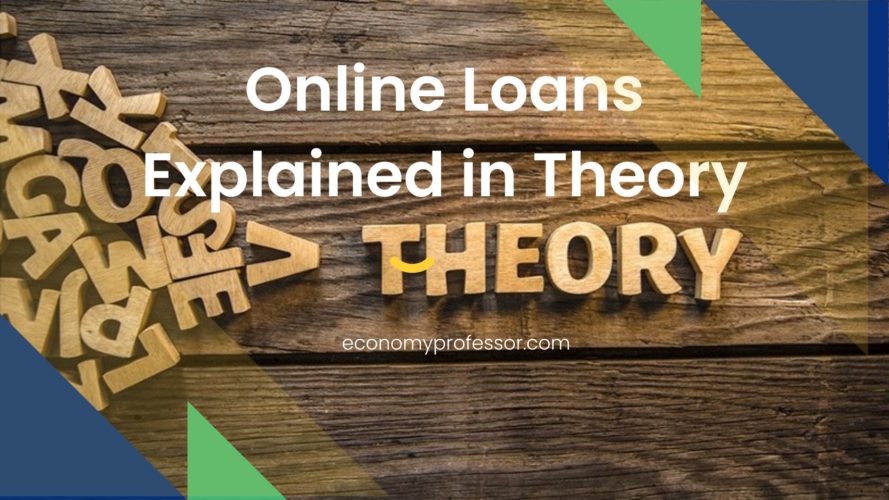
Though most customers are only interested in the practical aspect of borrowing money. They need to get a loan fast for some urgent expenses and they just wonder how to reach their goal with minimum hassle. Average borrower never asks himself what a theoretical background of lending process is. The main points important for loan consumers are:
- How to apply for loan online.
- What are the requirements.
- Is it possible to qualify for a loan with bad credit.
- Are there any guaranteed loans with no credit check.
- How fast they can get the financing.
- Are there any same day instant cash loans, etc.
But all these actions can exist only due to the work of loan theorists who dive deep in the lending process, research the psychology of borrowing, economy, politics, and many other aspects relevant for a proper functioning of lender-borrower relationships.
Famous Loan Theorists
Let’s revise some of the top loan experts whose theories played an important role in the development of online banking:
James Buchanan
James Buchanan is an economist most renowned for his work ‘Public Choice Theory’, and won the 1986 Nobel prize in Economic Science. He has long been a professor at George Mason University. His work in economics included rigorious analysis of the theory of logrolling.
François Perroux
François Perroux belongs to that small, strange group of unique Frenchmen who, in spite of the Anglophone dominance of economics, still manage to ocassionally infect the imagination of the economics world with their novel ideas.
At Collège de France, Francois Perroux studied under Etienne Antonelli, the last lingering shadow of the Lausanne School. In many ways, Perroux inherited the mantle of Leon Walras and carried it to perhaps where the failed engineering student would have liked to have taken it.
Like Walras, he was a Cartesian in method, a socialist in sentiment and an evolutionist in vision. His early acquaintance and interaction with other independent thinkers, such as Pantaleoni, Aftalion, Joseph Schumpeter, Morgenstern and Maurice Allais, added even more streams of flavor into his unique blend of thinking. After setting up the Institut de Sciences Economiques Appliqueées (ISEA) in 1944, he had a chance to encounter and absorb the ideas of the younger economists which converged upon it.
His first important book – La Valeur (1943) – was a rather standard exercise in understanding Walrasian thinking. But the germ was already there: general equilibrium theory as the interaction of multiple forces.
Eli Heckscher
Student of David Davidson at Uppsala and subsequently a docent under Cassel at Stockholm, Eli Heckscher nonetheless abandoned his mentors to blaze his own path in economic history and the history of economic thought.
Incomparably prolific, Eli Heckscher’s bibliography boasts of over a thousand publications His most famous contribution to economics, his 1919 article which unveiled the “Hecksher-Ohlin-Samuelson” model of international trade to the world, was a single brilliant shot.
His major contributions were to present the world with magnificent (but often disputed) tomes on the economic history such as The Continental System (1918) and Mercantilism (1931).
Due to these and other economists working at loan theories, we can enjoy a safe and smooth borrowing process today.
